A Short Course on Jersey Milk Cow Management
Owning Jersey milk cows has many benefits, including providing access to flavorful and nutrient-rich raw milk. Before you can reap the delicious rewards, you must first learn how to properly care for your Jersey cattle to ensure a sustainable and reliable source of high-quality raw milk.
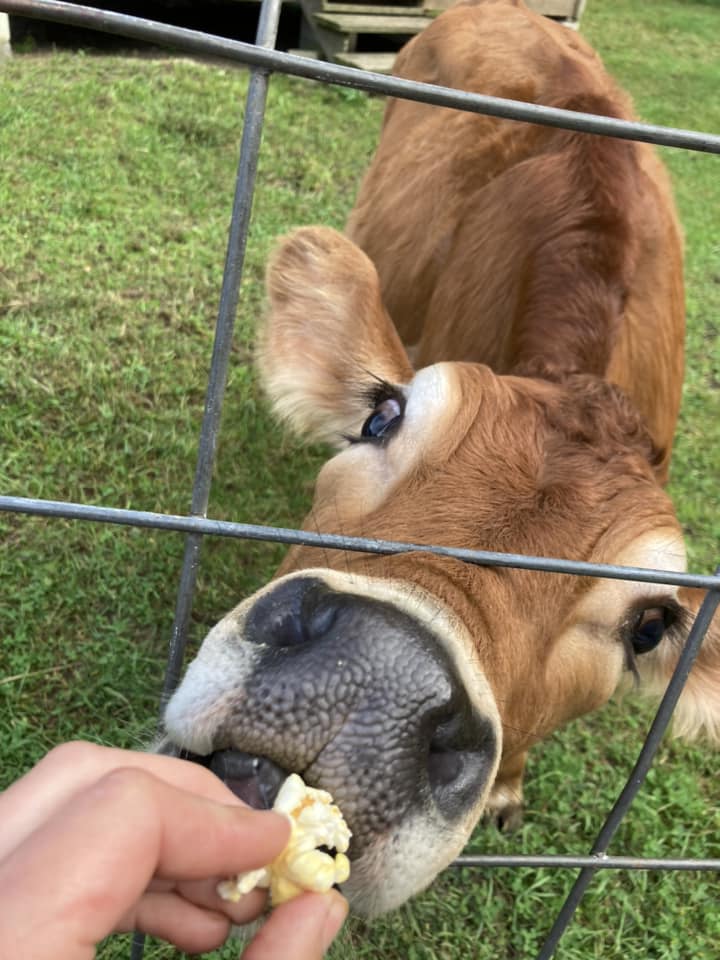
Jersey milk cows are known for their gentle disposition, making them well-suited to small- to medium-sized homesteads and family farms. Learning how to meet their needs keeps them healthy and yields high quantities of raw milk for years to come.
We’ve created this short course on Jersey milk cow management to help those new to raising this breed of dairy cow. In it you can discover:
- How to buy your first Jersey milk cow
- How to care for your Jersey milk cows
- How to milk your Jersey milk cows
- How to breed your Jersey milk cows
How to buy your first Jersey milk cow
Buying a Jersey milk cow (or two) can become overwhelming in a hurry if you’re a newbie to raising this dairy cow breed. Relying on guidance from an experienced Jersey cattle owner can ease some of the stress.
The first thing we recommend is to ask about the Jersey milk cow’s disposition before you buy her. Jerseys are known for their gentleness. However, that doesn’t mean every cow of this breed is easy-going.
Stubborn Jerseys can make daily milking difficult. Spend some time around the cow before you bring it home to ensure it’s going to be agreeable.
Other tips for getting a strong, healthy Jersey milk cow include:
- Check immunization records to ensure the cow you wish to buy is up to date on all required vaccinations.
- Test for staph A infection to determine if the Jersey milk cow is likely to develop mastitis, which can spread to other dairy cattle on your homestead and affect milk production.
- Work with local breeders for a greater assurance of health and temperament.
How to care for your Jersey milk cows
Once you have your Jersey milk cows, you must keep them healthy if you want a consistent yield of high-quality raw milk. Proper nutrition, regular visits with the veterinarian, and attention to their physical and emotional well-being all play a vital role in your Jersey’s health.
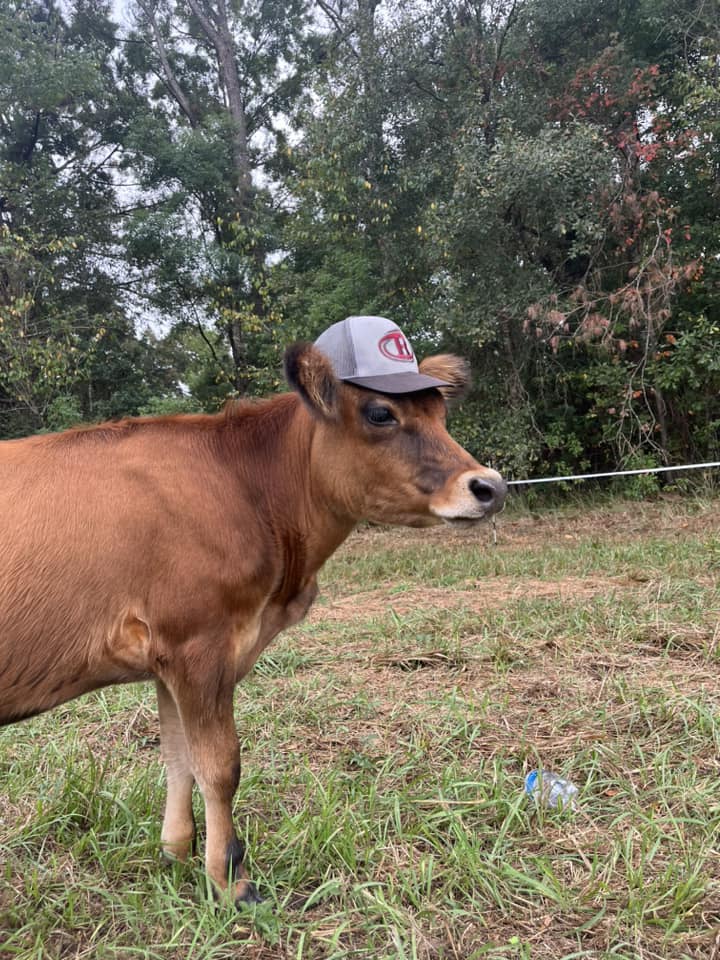
Provide quality nutrition
We prefer a dry cow feeding regimen on our homestead. Foods included in this kind of feeding plan include alfalfa hay, corn silage, corn stover, grass hay, and soybean straw. You can expect your Jersey milk cow to eat up to 4.5% of her body weight in dry fodder each day.
Never overfeed any one feed source to your Jersey milk cows. Providing a balance among crude fat levels, copper levels, and energy levels is the best approach.
Make sure your Jersey cattle have access to clean drinking water.
Routine health checkups
Schedule regular checkups with your veterinarian. They can evaluate your Jersey milk cows to determine overall health and wellness and attend to any issues affecting milk production.
Part of keeping your Jersey cattle healthy involves trimming their hooves. Failure to keep their hooves at the appropriate length can cause lameness.
Lastly, make sure you implement a deworming program to control internal and external parasites. Rotating pastures also help to reduce the risk of parasitic infestations.
Clean and comfortable shelter
Besides a healthy diet and routine health checkups, Jersey milk cows need access to adequate shelter. Cows rest between 10 and 14 hours each day, spread out over 4 to 5 sessions.
For Jersey cattle weighing between 1300 and 1500 pounds, we recommend stall sizes in a shelter that are 48 inches wide and 9 feet long. We built our own shelters using this guide and we highly recommend it.
How to milk your Jersey milk cows
Establishing a proper milking routine is part of keeping your Jersey milk cows healthy. It’s also necessary if you want to encourage milk production and have plenty of raw A2 milk to enjoy.
Milking your Jersey doesn’t have to be intimidating when you follow these steps:

- Prepare the milking stall. We use the Simple Pulse Basic Milking System for our Jersey cows because it’s simple to set up and easy to use. Make sure your equipment is sterilized and ready before you bring the cow into the stall.
- Sanitizing the milking area. We prep our Jersey cows for milking by following a simple sterilization process before hooking up the Simple Pulse. We wash their teats with warm water diluted with dish soap to remove all dirt. We then express each teat 5 times into a lid and inspect the milk for any visible signs of contamination. If all is well, we liberally teat dip each teat, then dry their udders and teats with a clean towel.
- Hook up the machine. The most important part of using a milking machine is making sure there is pressure. Follow the instructions for your milking machine for the best results.
- Sanitize the storage containers. We prefer to double wash our milk jars in a sanitizing solution and rinse thoroughly with hot water. Freshly pumped milk is poured into the jars, sealed, and dated.
- Wash your milking supplies. Don’t forget to wash all your milking supplies in preparation for the next milking session. We use a warm, soapy solution, followed by a hot sanitizing solution that contains either a small amount of bleach or hydrogen peroxide.
How to breed your Jersey milk cows
Some homesteaders decide to breed their Jersey milk cows to raise the next generation of raw milk producers. We artificially inseminate our Jersey cattle, which is a common practice in homesteading.
AI works by using frozen bull semen straws inserted by your veterinarian or an AI technician when your female Jerseys are ovulating.
We favor AI methods for breeding because they are cost effective, guarantee quality, and save space. The latter of the three reasons is the most important. Jersey bulls need their own pastures and handling areas to avoid them breeding at will.
With AI, you can save space on your homestead and the expense of feeding and housing a bull or two.
Sources
- A Short Course in Cow Management. realmilk.com. Accessed November 8, 2023.
- What Life Is Like for America’s 10 Million Dairy Cows. sentientmedia.org. Accessed November 8, 2023.
- How to Build Animal Housing. hachettebookgroup.com. Accessed November 8, 2023.
- Time AI Protocols: Double Ovsynch. extension.psu.edu. Accessed November 8, 2023.
In our kitchen, we only use cultures from Cultures for Health.
Get yours here and start culturing today.
Popular Articles
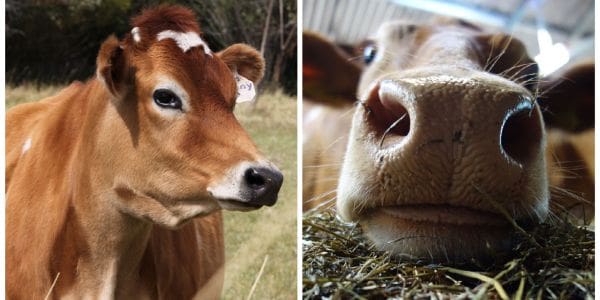
Jersey vs. Guernsey Cows: What’s the Difference?
Newsletter
Get signed up to get latest updates and new information from the Jersey Milk Cow!
This site uses Akismet to reduce spam. Learn how your comment data is processed.


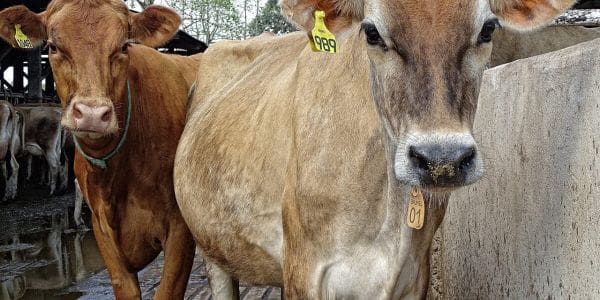





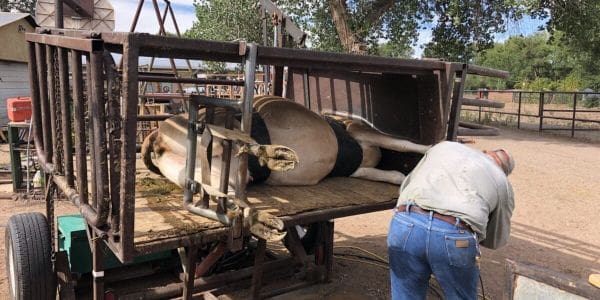

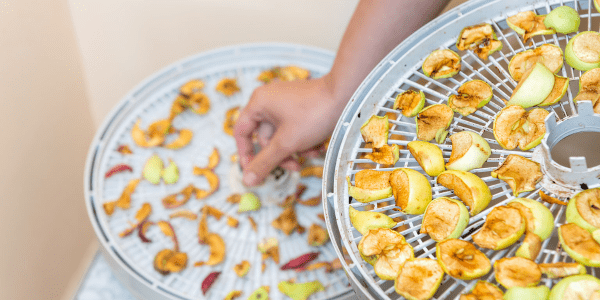
Leave a Reply